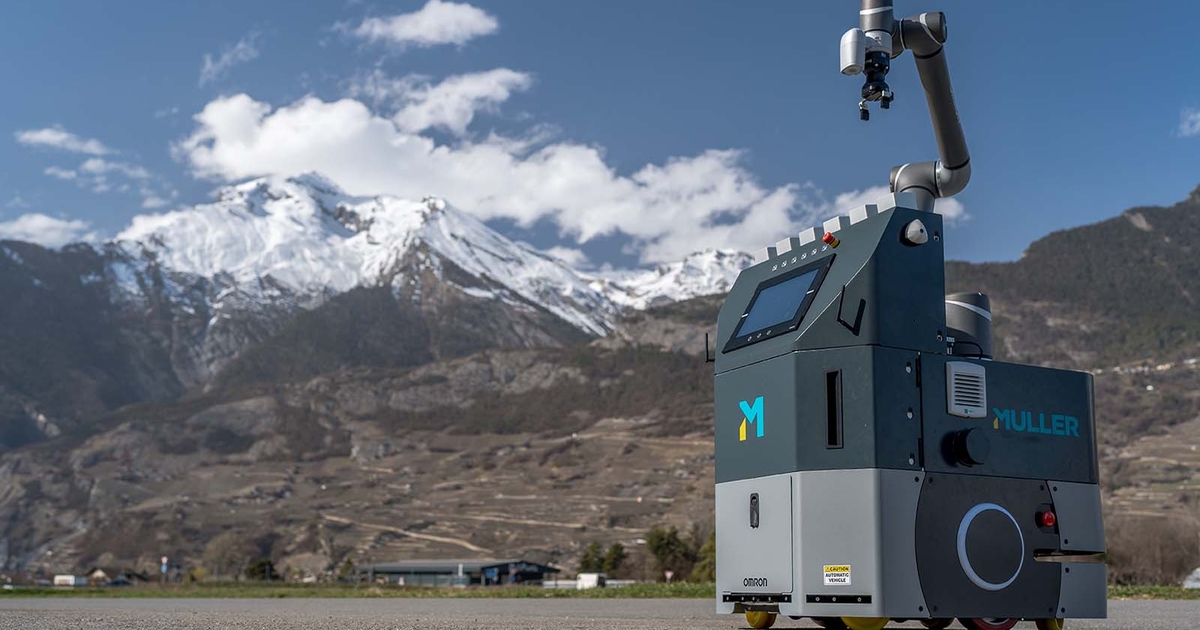- Fri. Apr 26th, 2024
Latest Post
British commander announces plans for increased raids into Russian territory by Ukraine
The British military commander stated that Ukraine is gearing up to increase raids deep into Russian territory after receiving long-range weapons from the West. Admiral Tony Radakin, commander of the…
Muller Technology Advancing Automation for Plastics Processors
At NPE2024 in Orlando, FL, from May 6 to 10, factory automation supplier Muller Technology will be launching custom mobile robotic systems that offer advanced capabilities. These systems, known as…
The ‘Sharing Our World’ book by MATC features stories from ESL students
Students and faculty at Milwaukee Area Technical College (MATC) came together on Friday, April 26 to celebrate the release of the “Sharing Our World” book. This book features stories from…
7 methods to alleviate menopausal discomfort
A diet rich in fruits, vegetables, and protein, along with a reduction in sweets and processed foods, can help women reduce unpleasant symptoms of menopause. Menopause typically begins in the…
Upcoming Feature: Archiving Your Posts on Meta Social Network
Meta has introduced a new feature in Threads that allows users to archive their posts either automatically after a set period of time, or manually with selected content at their…
Driver support causes Vinasun taxi profits to drop by half
In the first quarter of the year, Vinasun reported a profit of over 22 billion VND, which is a decrease of 58.5% and the lowest level in nearly two years.…
Joel Embiid, Star Player for the Sixers, Shares Updates on Recent Health Worries
Throughout the final stretch of the regular season and the current playoff run, Philadelphia 76ers center Joel Embiid has been facing multiple health challenges. Details about his knee-related setback emerged…
Learning leadership and diversity through sports both on and off the basketball court
The basketball court is more than just a place to play the game – it serves as an experiential classroom for leadership and diversity. The skills that players develop on…
Threads Surpasses 150 Million Monthly Users
Meta’s social media platform, Threads, founded by Mark Zuckerberg, recently announced that it has reached over 150 million monthly active users. The app was launched on July 5, 2023, and…
ÖBB’s aim to enhance punctuality
Despite facing high energy prices, significant inflation, and an economic downturn, ÖBB had a successful year in terms of business. The company transported 494 million passengers by rail and buses,…



:quality(75)/cloudfront-us-east-1.images.arcpublishing.com/elcomercio/IWUPNLKCABEK7E53IGGON2HPJE.jpg)